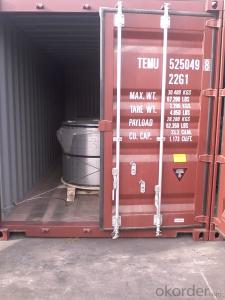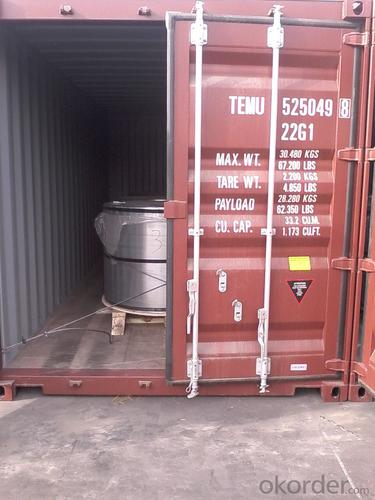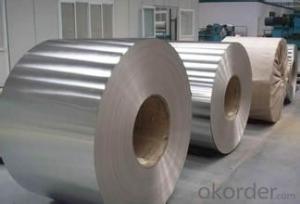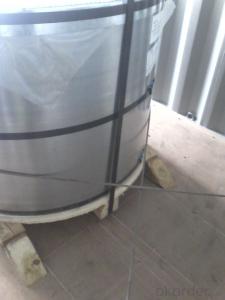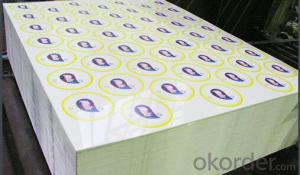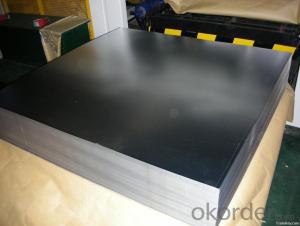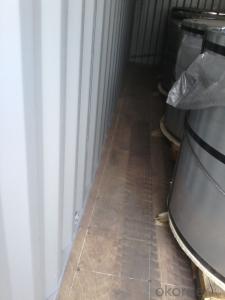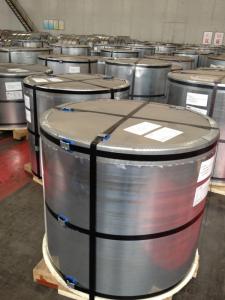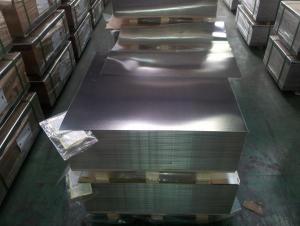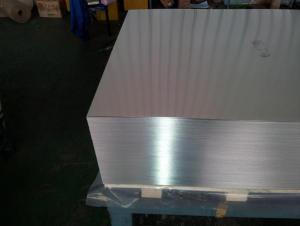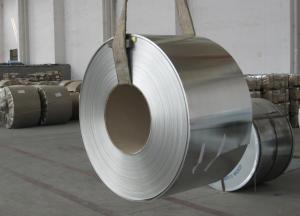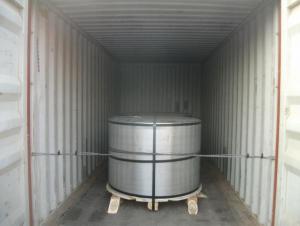Prime Good Quality ETP Tinplate for Tin Cans Container
- Loading Port:
- China Main Port
- Payment Terms:
- TT OR LC
- Min Order Qty:
- -
- Supply Capability:
- -
OKorder Service Pledge
OKorder Financial Service
You Might Also Like
Tinplate is a thin steel sheet coated by tin. It has an extremely beautiful metallic luster as well as excellent properties in corrosion resistance, solder ability, and weld ability.
We have been producing tinplate material professionally and providing related service for decades years. Now we have been exporting our material to the world. Please kindly contact us to meet your needs for ETP materail.
Below is the specification we currently do:
1. Standard: GB/T 2520-2000, JIS G3303-2002 and DIN EN 10203-1991
2. Raw material: MR, SPCC
3.Thickness: 0.18 to 0.50mm
4. Width: 260 to 980mm
5. Coil diameter: ID 420mm or 508mm
6. Temper grade: T2, T3 and T4
7. Tin coating: ordinary 2.8 or 2.8g and 5.6g or 5.6g, can produce according to customer's requests
8. Applications: paint, chemical and other usage can make battery, electric cable and other industries
9. Package: anti-rust paper, corner protected. Sheets or coils according customer's request.
Both Prime and Second Quality Are Available!!!
- Q: What are the advantages of using tinplate for pharmaceutical packaging?
- There are several advantages of using tinplate for pharmaceutical packaging. Firstly, tinplate is highly resistant to corrosion, ensuring that the integrity of the pharmaceutical product is maintained throughout its shelf life. Secondly, tinplate provides excellent barrier properties against moisture, oxygen, and light, protecting the medication from degradation. Additionally, tinplate is a strong and durable material, providing excellent protection during transportation and handling. Lastly, tinplate is recyclable, making it an environmentally friendly choice for pharmaceutical packaging.
- Q: Can tinplate be customized with different designs or logos?
- Yes, tinplate can be easily customized with different designs or logos. Its smooth surface allows for high-quality printing, making it an ideal choice for branding and promotional purposes.
- Q: What are the common opening mechanisms for tinplate containers?
- The common opening mechanisms for tinplate containers include pull-tab lids, twist-off caps, and pry-off lids.
- Q: What is the global demand for tinplate?
- The global demand for tinplate is significant and steadily increasing. Tinplate is widely used in the packaging industry, particularly for food and beverage cans, due to its excellent corrosion resistance and ability to maintain product freshness. Additionally, the growing popularity of canned food, beverages, and other consumer goods across various regions has further fueled the demand for tinplate worldwide.
- Q: Can tinplate be used for industrial containers?
- Yes, tinplate can be commonly used for industrial containers due to its strength, durability, and resistance to corrosion.
- Q: How does tinplate perform in terms of heat transfer properties?
- Tinplate has relatively low heat transfer properties due to its high thermal resistance.
- Q: Can tinplate be used for confectionery packaging?
- Yes, tinplate can be used for confectionery packaging. Tinplate is a type of steel coated with a thin layer of tin, making it a durable and food-safe material. It provides excellent protection against moisture, light, and oxygen, which are important for maintaining the freshness and quality of confectionery products. Additionally, tinplate can be easily shaped and decorated, allowing for attractive and customized packaging designs.
- Q: How does tinplate contribute to the overall ease of opening and closing packaging?
- Tinplate contributes to the overall ease of opening and closing packaging by providing a durable and flexible material. Its smooth surface allows for easy opening without causing any damage to the packaging or the product inside. Additionally, tinplate's ability to retain its shape and strength ensures that the packaging can be securely closed, preventing any leaks or spoilage.
- Q: How does tinplate packaging contribute to product reusability?
- Tinplate packaging contributes to product reusability by providing a durable and long-lasting material that can be easily reused for various purposes. Its strong resistance to corrosion and high durability make tinplate packaging suitable for multiple uses, such as storing food, beverages, or other products. Additionally, the ability to seal and reseal tinplate packaging ensures the preservation and freshness of the contents, enabling consumers to reuse the packaging for future storage needs. This reduces waste and promotes sustainability by minimizing the need for single-use packaging materials.
- Q: What are the common printing methods used on tinplate?
- The common printing methods used on tinplate include lithography, screen printing, and digital printing.
Send your message to us
Prime Good Quality ETP Tinplate for Tin Cans Container
- Loading Port:
- China Main Port
- Payment Terms:
- TT OR LC
- Min Order Qty:
- -
- Supply Capability:
- -
OKorder Service Pledge
OKorder Financial Service
Similar products
Hot products
Hot Searches
Related keywords
